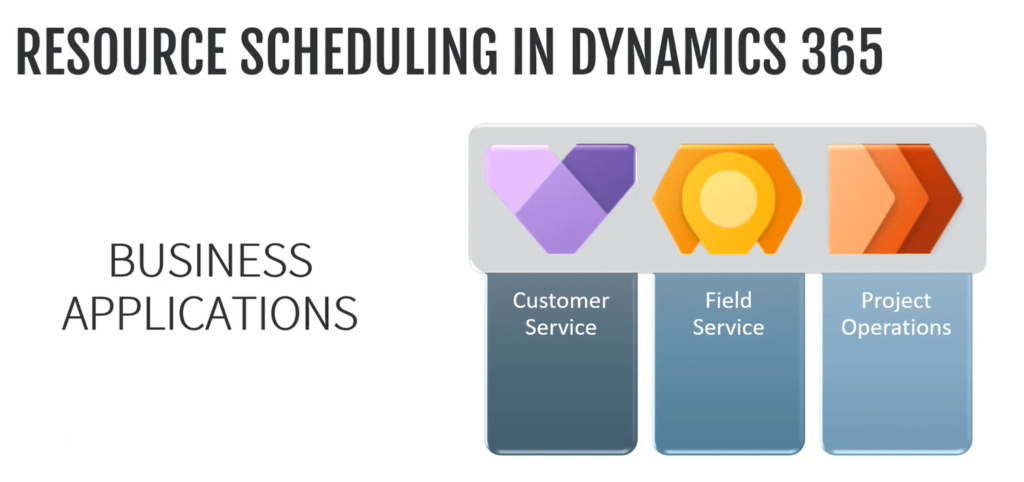In today’s fast-paced business environment, integration is key to optimizing processes and driving growth. One of the most powerful tools available for businesses seeking to streamline operations is Microsoft Dynamics CRM. By seamlessly integrating Dynamics CRM into your existing systems and workflows, you can unlock a wealth of benefits that will propel your business forward.
Understanding Microsoft Dynamics CRM Integration
Microsoft Dynamics CRM is a comprehensive customer relationship management (CRM) solution that empowers organizations to manage customer interactions and streamline processes. With its robust set of features, Dynamics CRM enables businesses to track leads, automate marketing campaigns, and provide personalized customer experiences.
The Importance of Integration
Integration is essential for maximizing the value of Dynamics CRM within your organization. By integrating Dynamics CRM with other key systems such as ERP, marketing automation, and customer support platforms, you can create a unified ecosystem that drives efficiency and enhances productivity.
Streamlining Processes
Integration allows data to flow seamlessly between different systems, eliminating the need for manual data entry and reducing the risk of errors. With Dynamics CRM integration, you can automate repetitive tasks, streamline processes, and ensure that your team has access to accurate and up-to-date information at all times.
Enhancing Collaboration
By integrating Dynamics CRM with collaboration tools such as Microsoft Teams, you can foster better communication and collaboration among team members. With real-time access to customer data and insights, your team can work together more effectively to drive results and deliver exceptional customer experiences.
Benefits of Microsoft Dynamics CRM Integration
1. Improved Efficiency
Integration streamlines workflows and eliminates duplicate data entry, saving time and reducing manual errors. With Dynamics CRM integration, your team can focus on high-value tasks and strategic initiatives, leading to increased efficiency and productivity across the organization.
2. Enhanced Data Visibility
Integration provides a unified view of customer data across different systems, enabling better decision-making and more personalized interactions. With Dynamics CRM integration, you can gain valuable insights into customer behavior, preferences, and trends, allowing you to tailor your offerings and marketing strategies accordingly.
3. Better Customer Experiences
Integration enables you to deliver seamless and personalized experiences to your customers across all touchpoints. By leveraging the power of Dynamics CRM, you can track customer interactions, anticipate their needs, and provide timely and relevant support, leading to higher satisfaction and loyalty.
4. Increased ROI
By streamlining processes, improving collaboration, and enhancing customer experiences, Dynamics CRM integration can deliver a significant return on investment for your business. Whether it’s through increased sales, reduced operational costs, or improved customer retention, the benefits of integration are clear and measurable.
How to Implement Microsoft Dynamics CRM Integration
1. Assess Your Needs
Start by identifying your business objectives and integration requirements. Determine which systems you need to integrate with Dynamics CRM and what data needs to be synchronized.
2. Choose the Right Integration Solution
There are various integration solutions available for connecting Dynamics CRM with other systems, including pre-built connectors, middleware platforms, and custom development. Choose a solution that aligns with your budget, timeline, and technical requirements.
3. Plan and Execute
Develop a detailed integration plan that outlines the scope, timeline, and resources required for the project. Work closely with your IT team or a trusted integration partner to execute the plan efficiently and minimize disruptions to your business operations.
4. Test and Optimize
Once the integration is complete, thoroughly test the system to ensure that data is being synchronized accurately and that all workflows are functioning as expected. Continuously monitor and optimize the integration to address any issues and maximize performance.
Conclusion
In conclusion, Microsoft Dynamics CRM integration is a powerful strategy for maximizing business efficiency, improving collaboration, and enhancing customer experiences. By seamlessly connecting Dynamics CRM with other key systems and workflows, you can unlock a wealth of benefits that will drive growth and success for your organization.


